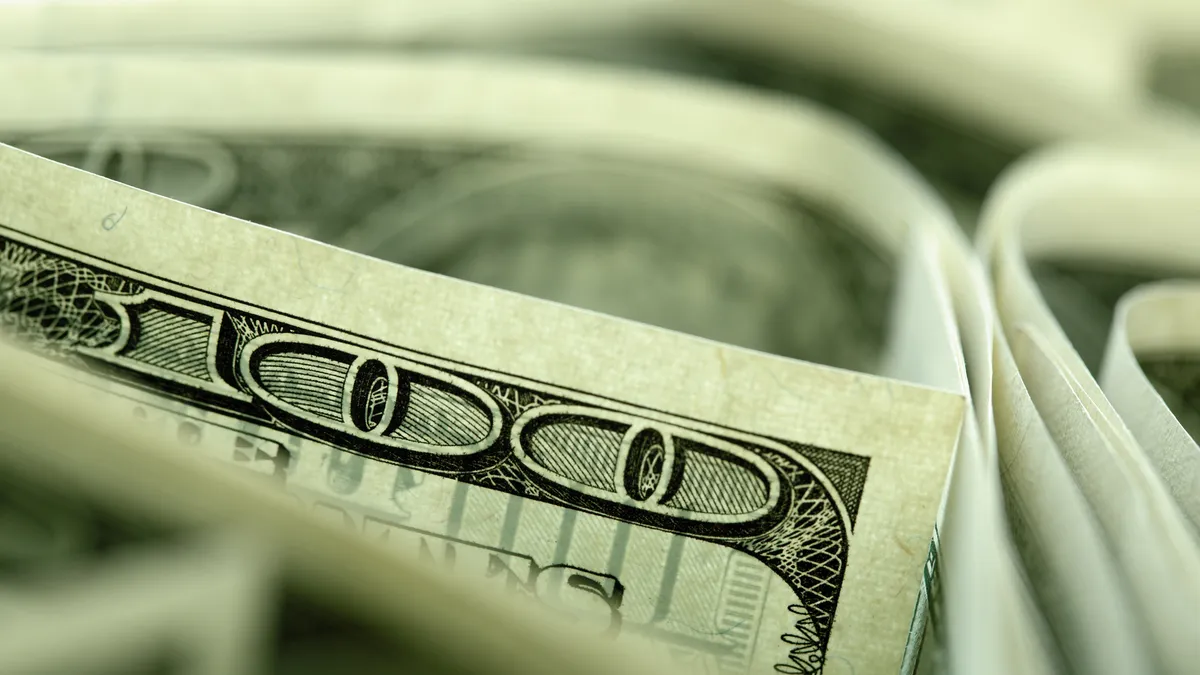Dive Brief:
- Financial investment in renewable energy is stagnating, but improvements in technology means clean power output continues to rise, according to new analysis by Bloomberg New Energy Finance.
- Wind installations, for example, are now using longer blades and have better data with which to optimize their operation, which has allowed developers to halve costs in the last seven years.
- Investment in renewables was a record $348.5 billion last year, according to BNEF, which revised the figure upwards by $20 billion this summer.
Dive Insight:
The cost of renewable power has been falling for some time, but BNEF's analysis shows the impact on the investment side.
In the second quarter of this year, clean energy investment totaled $61.5 billion the firm said—almost a third less than the $90 billion invested in the same 2015 period. In the first half of the year, BNEF said global investment in clean energy was $116 billion, about 23% lower than the first six months of last year.
Michael Liebreich, chairman of the advisory board at Bloomberg New Energy Finance, said in a statement that it is "now looking almost certain that the global investment total for this year will fail to match 2015’s runaway record."
The firm revised 2015 spending numbers up almost $20 billion, in part because China’s financing of wind and solar projects was higher than expected.
According to Bloomberg, the biggest category of investment in the first half of this year was asset finance of renewable energy projects, at more than $90 billion, but an almost 20% decline versus last year.
Since 2010, capacity additions of wind and solar have risen almost 70%, while investment has stagnated.
Small-scale solar saw investment of $19.5 billion in the first half of this year, down 32% compared with last year. Much of the decline is attributable to lower costs, but BNEF also noted a slowdown in the largest market for these systems, Japan, where deployment dropped by two-thirds.
Liebreich spoke this week at BNEF's London conference, saying “the history of the last 15 years can be divided into two periods. You’ve got the ‘spend more get more’ period up to 2010, but then you’ve got the ‘spend same get more’ period.”














